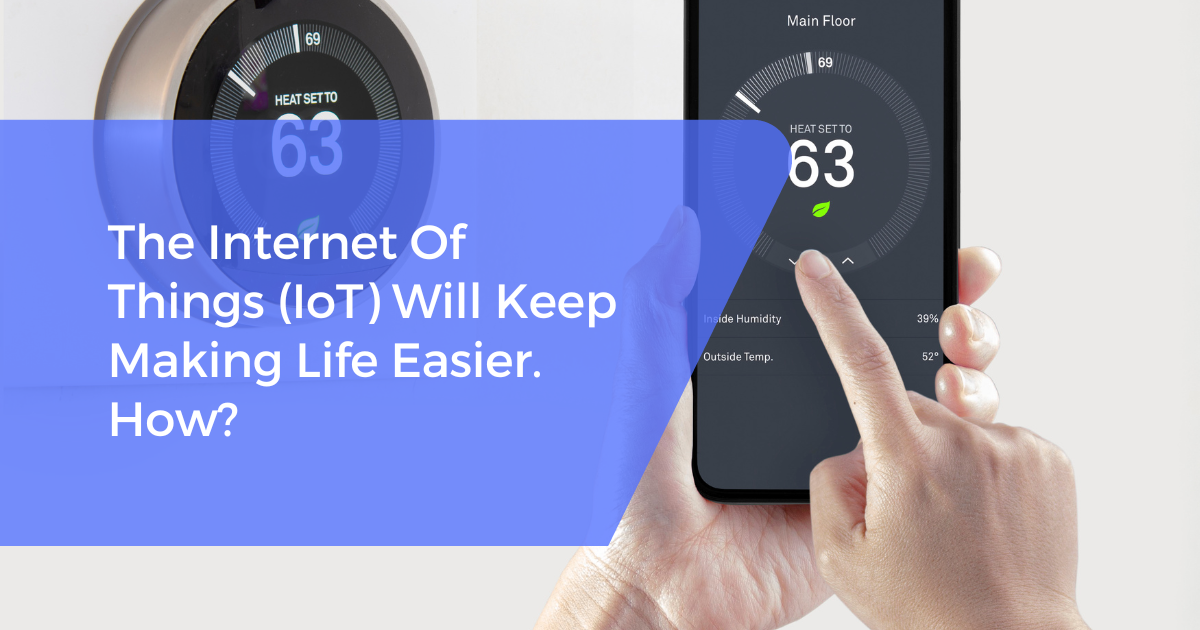The Internet of Things (IoT) has rapidly become one of the most transformative technologies of the 21st century. Sure! Here’s the revised version with reduced sentence length:
According to a Statista report, the global IoT market reached $622 billion in 2022. It is expected to grow at a CAGR of 26.4% from 2023 to 2030. Connected devices are changing how we interact with the world. IoT enables smooth communication between people, processes, and objects. You might think of smart fridges or self-driving cars, but IoT often plays a simpler role. It connects everyday objects to the internet. These objects share information and impact our lives at home and in industries.
IoT connects devices, systems, and infrastructure. It helps save time and reduce resource use. It also creates new opportunities for innovation and growth. Gartner predicts over 25 billion connected IoT devices by 2025. That’s a big jump from 14.2 billion in 2019.Many industries are already leveraging IoT development services to streamline operations, enhance productivity, and improve overall customer experiences. A report by McKinsey & Company estimates that IoT has the potential to generate $4 to $11 trillion in economic value by 2025. Let’s dive deeper into how IoT is shaping various aspects of our lives and the environment.
Table of Contents
How IoT Impacts the Environment
As the global environment continues to face sustainability challenges, IoT is emerging as a critical tool in tackling some of the most pressing issues. Over the past few decades, society has made significant strides in overcoming problems like disease, poverty, and illiteracy. Now, the focus has shifted to addressing global warming and other human-induced environmental challenges.
IoT is helping to drive this shift by providing innovative technological solutions. By connecting everyday objects to the internet, IoT enables businesses, governments, and individuals to monitor and manage resources more effectively, improving the state of the environment. Here are some of the key ways IoT is already making a difference:
- Improved Agriculture: IoT-enabled sensors are helping farmers optimize water usage, monitor soil quality, and reduce waste by providing real-time data about crops and conditions. This leads to better yield and more efficient use of resources.
- Waste Reduction: IoT helps reduce waste by tracking food products throughout the supply chain. Sensors monitor the conditions of perishables, ensuring proper storage and transport to prevent spoilage.
- Environmental Monitoring: IoT sensors can monitor air quality, water pollution, and other environmental factors, allowing authorities to take swift action to address harmful conditions.
1. IoT in Smarter Cities
Urbanization is a global trend, with the majority of the population living in cities. Cities are not only hubs of economic and cultural activity but also ideal environments for IoT to thrive. With increasingly severe weather events and rising sea levels driven by climate change, cities are under pressure to become smarter and more sustainable.
IoT-based systems are being integrated into various aspects of urban life, making cities safer, more efficient, and more livable:
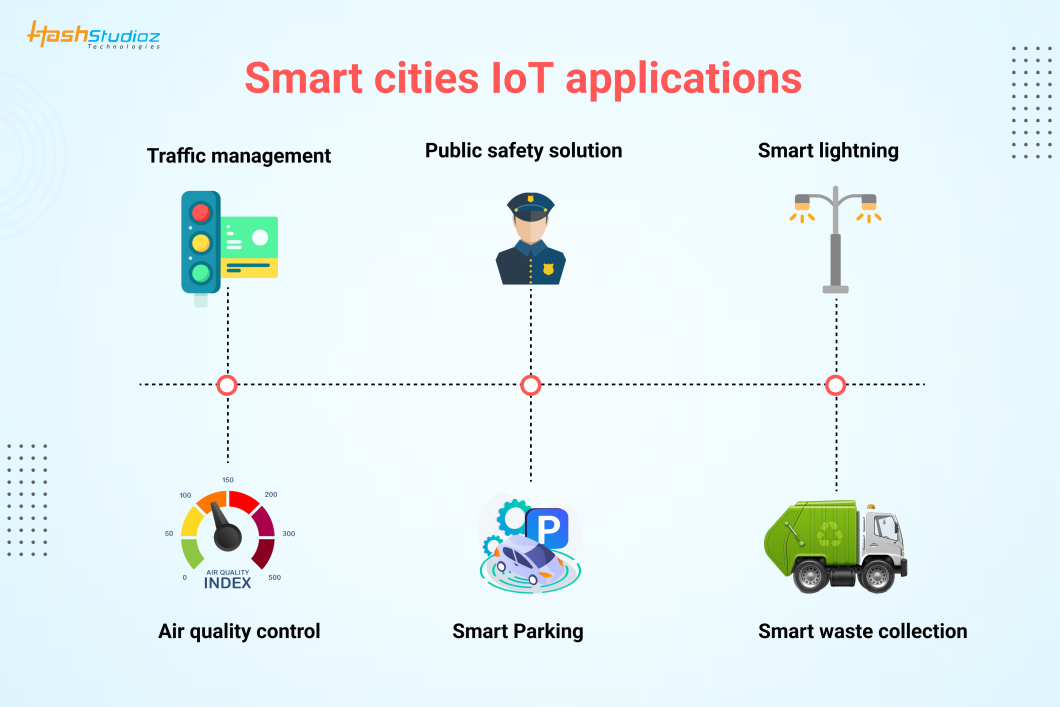
- Smart Transportation: IoT enables more efficient traffic management by synchronizing traffic lights, guiding vehicles via GPS, and providing real-time traffic data. This reduces congestion and allows for faster commutes.
- Energy-Efficient Buildings: Smart grids and energy-efficient appliances reduce energy use. IoT-based building management systems also support this goal. These solutions help lower energy consumption in homes and businesses. As a result, they reduce carbon footprints.
2. Smarter Agriculture with IoT
The agricultural sector stands to gain significantly from IoT technology, helping farmers address issues such as water scarcity, fertilizer overuse, and food waste. IoT is being used in numerous ways to enhance agricultural productivity and sustainability:
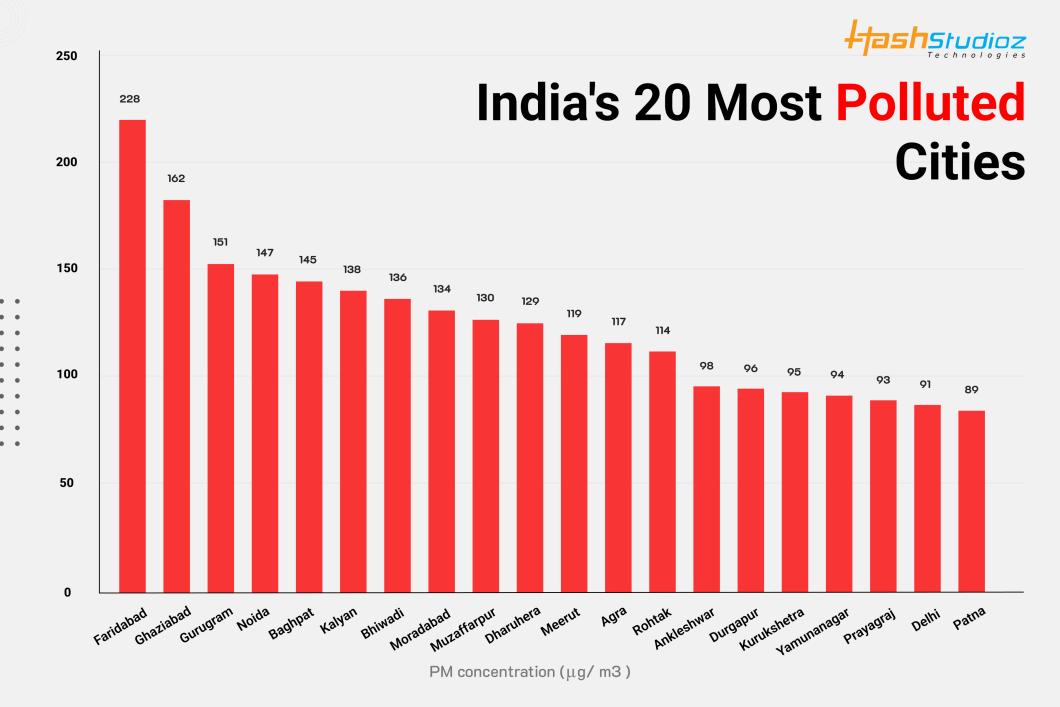
- Precision Agriculture: IoT sensors allow farmers to track soil moisture, temperature, and other environmental conditions to optimize irrigation, reducing water waste. Fertilizers are also applied more efficiently by monitoring soil nutrient levels.
- Supply Chain Monitoring: IoT-enabled devices can track the condition of perishable goods as they move from farms to storage facilities to retail stores. This not only helps extend shelf life but also reduces food waste.
- Increasing Productivity: Sensors and data analytics allow farmers to monitor microclimates and predict the optimal times for planting, harvesting, and applying fertilizers and pesticides. This leads to improved crop yields and quality.
3. Cutting food waste
There is a waste of one-third of food produced for human consumption. A growing planet loses 1.4 billion tons of nutrition. Crop losses can be minimized and productivity can be increased.
With advanced cameras, sensors, weather stations, and artificial intelligence, farmers could solve problems and boost productivity by up to a third.
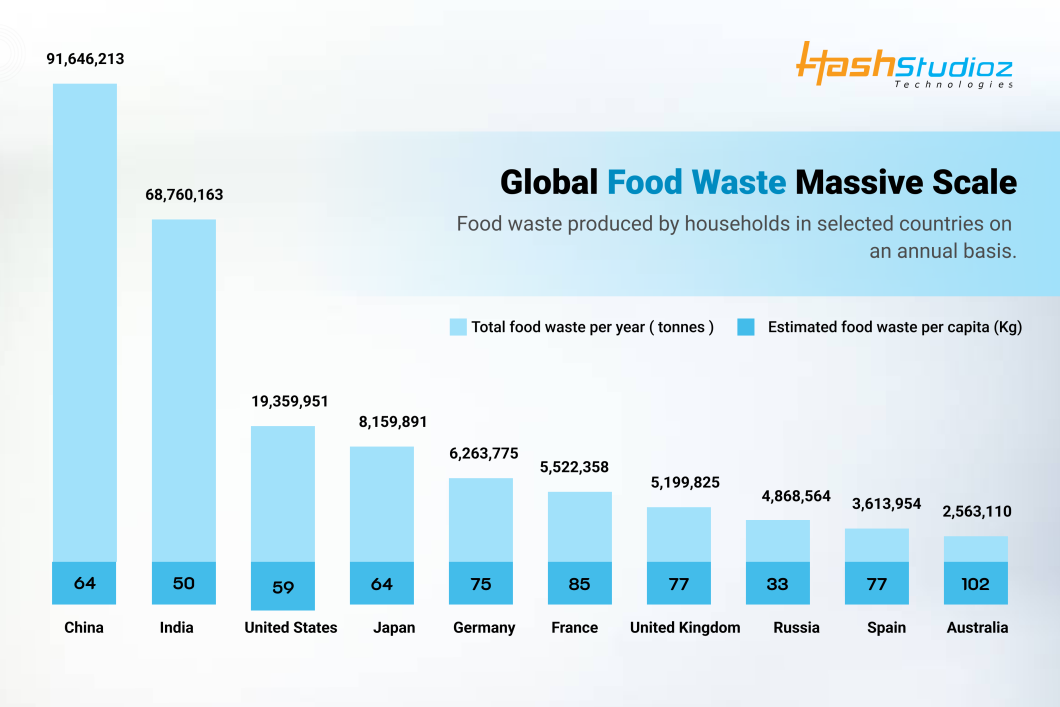
Boosting Industrial Productivity with IoT
Industrial sectors are reaping the benefits of IoT as well, as the technology contributes to improved efficiency, enhanced productivity, and cost savings. Here’s how IoT is helping industries thrive:
- Data Generation and Analysis: As IoT devices generate vast amounts of data, industries are increasingly relying on advanced analytics to make informed decisions.
- Location Tracking: IoT enables location-based services that improve asset tracking and management. With real-time data on the location of equipment and inventory, companies can reduce the risk of loss and improve operational efficiency.
- Predictive Maintenance: IoT devices can monitor machinery health and detect issues before they lead to breakdowns. Predictive maintenance helps reduce downtime, extend the lifespan of equipment, and minimize repair costs.
IoT’s Role in Real-World Situations
IoT is also transforming how businesses operate and how individuals interact with their environments. From tracking assets to monitoring health and safety, IoT is having a profound impact in several areas:
- Asset Tracking: IoT is making it easier to locate physical assets quickly. Businesses track high-value items, prevent theft, and manage equipment and inventory effectively.
- Health and Safety Monitoring: Wearables and IoT sensors monitor human health for personal wellness and workplace safety. In hazardous environments, IoT tracks employees’ health and alerts supervisors during emergencies.

- Fleet Management: IoT is helping businesses optimize fleet management by providing real-time data on vehicle location, fuel consumption, and driver behavior. This leads to improved efficiency, safety, and reduced operational costs.
- Changing Business Models: IoT is enabling new business models, such as the “product-as-a-service” model. In this model, customers don’t purchase products outright but instead pay for access or usage, with IoT devices used to monitor and manage the product’s condition.
IoT Applications in Everyday Life
Beyond industrial and environmental applications, IoT is also deeply integrated into our daily lives:
- Rideshare Services: Apps like Lyft and Uber use GPS-enabled IoT devices to connect passengers with drivers, track vehicles, and optimize routes.
- Smart Homes: IoT-enabled smart home devices allow homeowners to control various aspects of their living spaces from anywhere. With just a smartphone, you can adjust the temperature, turn off lights, and manage appliances remotely.
- Fitness and Health Tracking: Wearable devices like smartwatches monitor your physical activity, heart rate, and overall health. IoT makes it possible to track progress and share health data with physicians for remote consultations.
- Personal Assistants: Voice-controlled IoT assistants such as Amazon Alexa and Google Assistant make it easy to manage everyday tasks, from controlling home appliances to setting reminders and playing music.
Emerging IoT Trends (2023-2024)
The IoT landscape is rapidly evolving, with several emerging technologies set to drive exponential growth in the coming years:
5G Connectivity: The transition to 5G networks is expected to revolutionize IoT by offering faster data transmission, lower latency, and improved connectivity for devices. This will enable new applications and improve the performance of existing IoT systems.
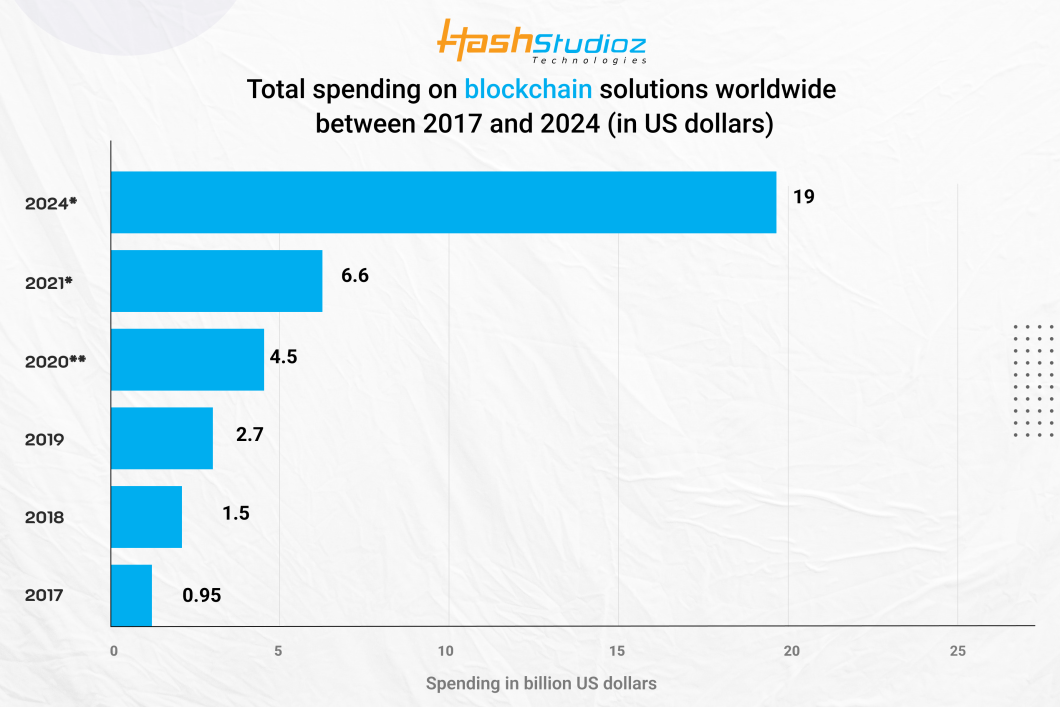
- Blockchain: Blockchain technology is gaining traction in IoT networks by enhancing security and data integrity. By creating tamper-proof records, blockchain ensures that data shared between IoT devices remains secure.
- Digital Twins: Digital twin technology allows the creation of virtual models of physical objects, processes, or systems. IoT sensors collect data from the real-world object, enabling simulations and optimization in real-time.
Partner with HashStudioz for IoT development services
At HashStudioz, we offer end-to-end IoT development services tailored to your business goals. From concept to deployment, we design, test, and maintain secure, scalable, and reliable IoT systems. Whether you need a custom solution or want to enhance existing infrastructure, our team is ready to help.

Conclusion
The Internet of Things (IoT) is undoubtedly one of the most exciting technological advancements of the 21st century. From improving environmental sustainability and boosting industrial productivity to enhancing everyday experiences, IoT is making life simpler, more efficient, and connected.
As we look toward the future, the possibilities for IoT are endless. Whether you’re a business looking to enhance operations or an individual seeking smarter solutions for daily tasks, IoT technology has something to offer.

